I’ve worked with some exciting initiatives, and the community-based project Mikoko Pamoja takes the hat for one of the most forward-thinking of them all.
It’s a mangrove carbon offset project that’s giving back to the people. In this article, I’ll show you how mangrove carbon offsetting works, starting with the basics of why mangroves are an important system for doing this sort of important work.
Coastal livelihood and mangroves
Coastal villages often heavily rely on fishing for livelihood, and also often have houses and buildings close to the shore. Areas of coast with mangrove forests benefit from the mangroves supporting large fisheries, and also protecting the shoreline from erosion and sedimentation. Although these benefits are significant to the local community, historically mangroves have been cut for firewood and construction poles as another source of livelihood. These cutting activities, when not managed sustainably, can lead to deforestation of the mangroves and loss of the ecosystem services that the mangroves provide (coastal protection and livelihood are just two examples of these services).
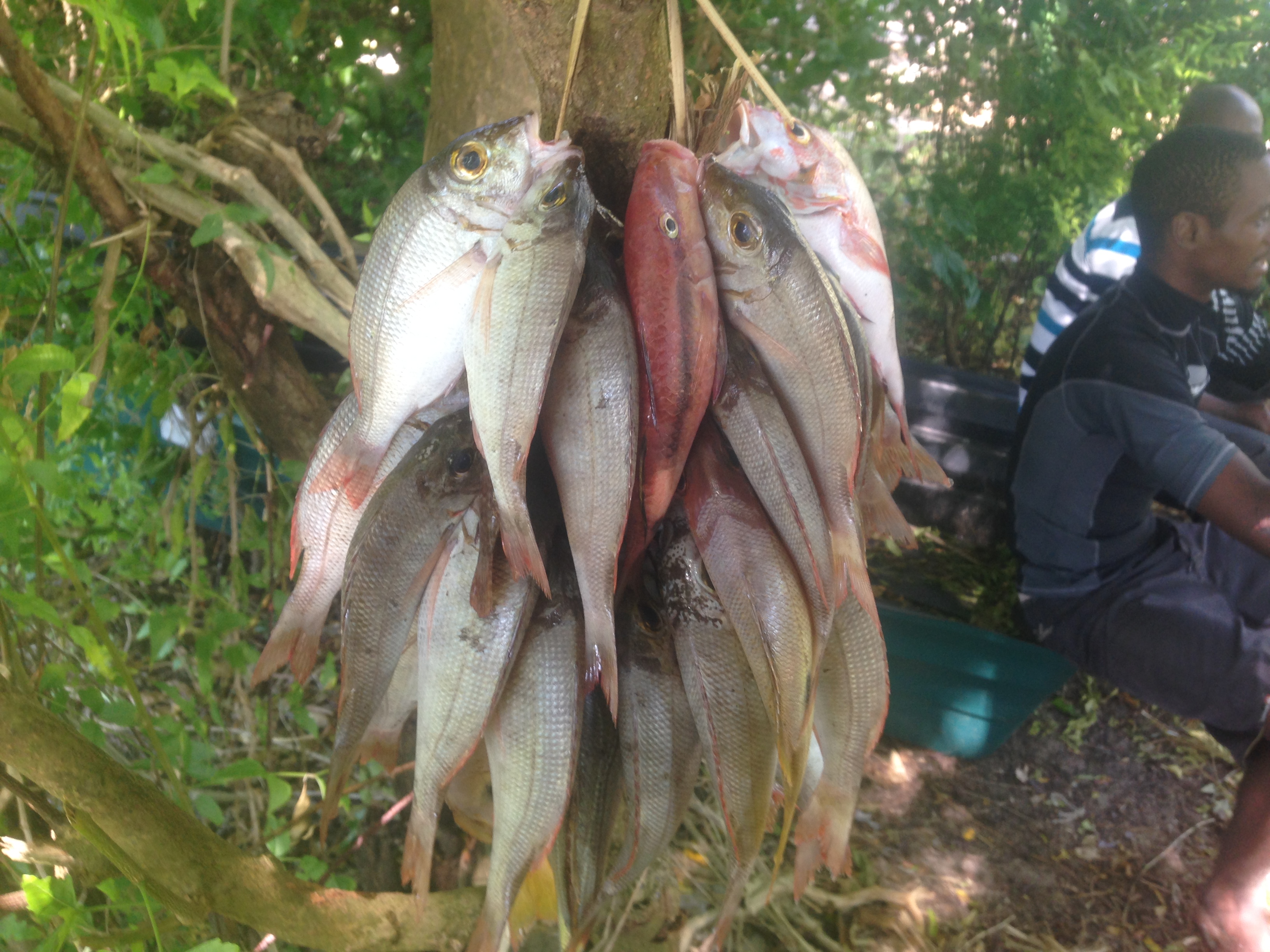
Carbon in mangroves
Here in South Kenya, mangroves are considered important for fisheries and coastal protection, but are also valued for their ability to take in carbon dioxide (CO2) and store it in the ecosystem, known as carbon sequestration. By sequestering carbon, mangroves are reducing the total CO2 in the atmosphere and positively combat global climate change compared to a scenario where the mangroves do not exist.
Loss of mangroves by cutting and overexploitation could contribute to an acceleration of global climate change. It is therefore of great interest to conserve these ecosystems that we now know are capable of storing large amounts of carbon.
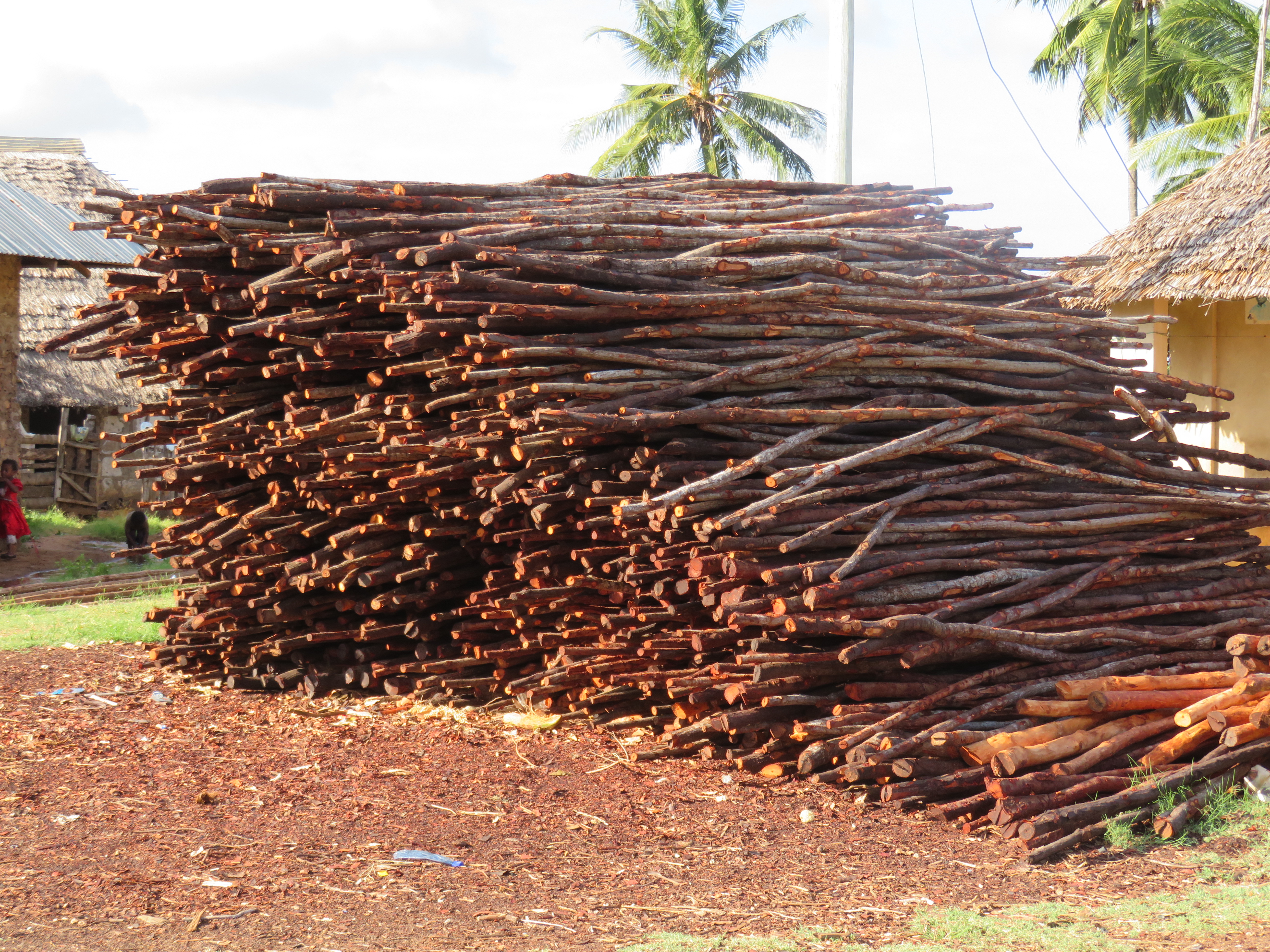
What solutions are there?
Carbon offset projects can be established for mangrove ecosystems, where avoided deforestation and planting activities are carried out to increase the area of mangrove forest in the offset project area compared to what would be there if the project didn’t carry out it’s activities. With the trees that are ‘saved’ from cutting, plus the new trees planted, the carbon offset project activities result in carbon being ‘added’ to the system (because more mangroves = more carbon). This added carbon, or extra carbon that is sequestered into the mangroves, can be sold to buyers as carbon credits.
Carbon credits are the calculated amount of carbon that is added to a system as a result of the offset project activities, and can be sold to any person who wants to positively impact the environment. Often, large companies with corporate social responsibility are required to balance their carbon footprint, and one way for them to counteract the amount of carbon they produce is by buying carbon credits. Similarly, an individual person who does a lot of carbon-producing activities, like flying, can decide to personally buy carbon credits to offset their own personal carbon footprint.
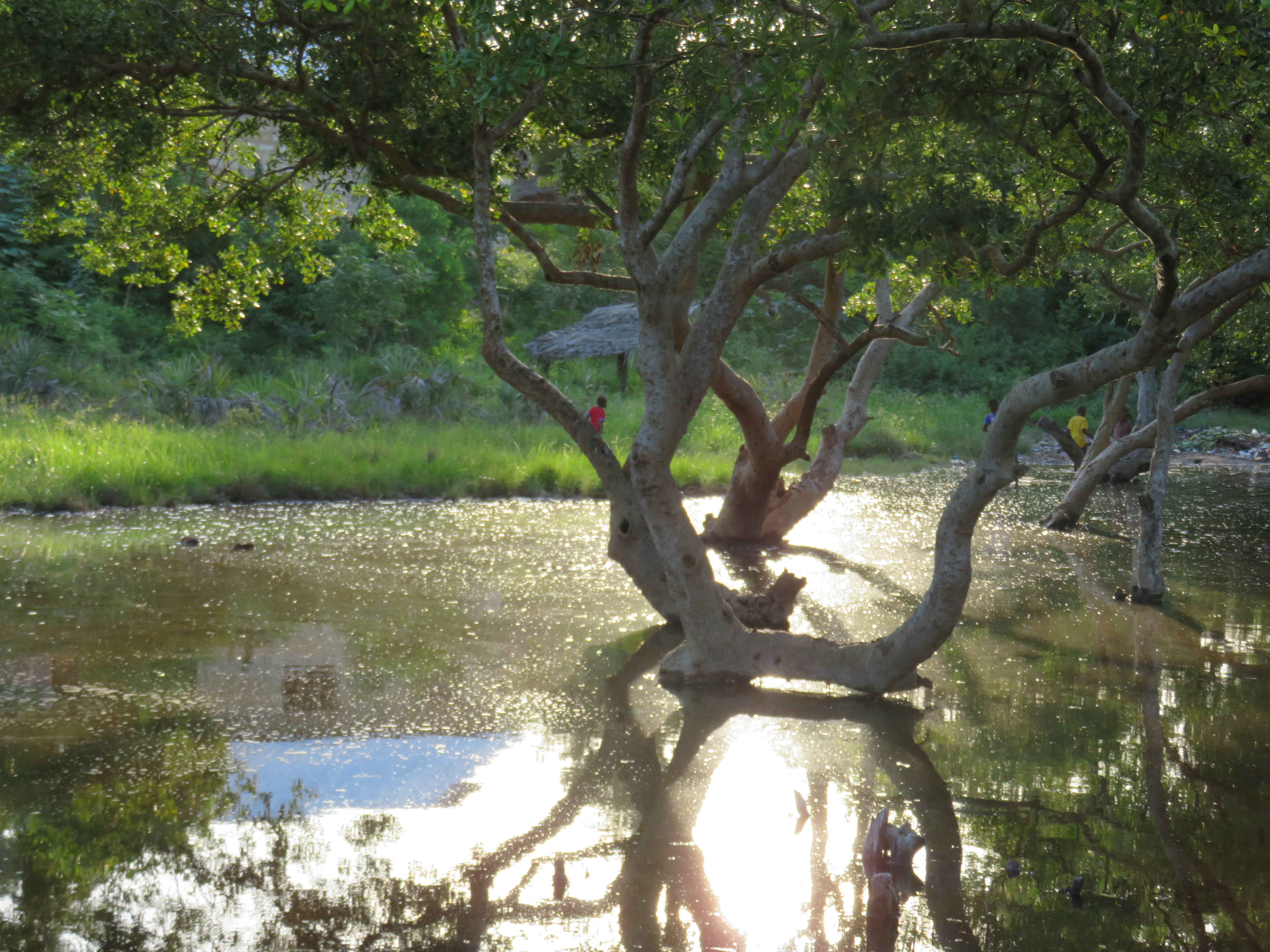
What about the local community?
For a carbon offset project to be successful, it has to be sustainable and have permanence. One key to achieving this is through working with the community, as has been proven in the success of the Mikoko Pamoja carbon offset project in Gazi Bay, south coast Kenya.
Mikoko Pamoja works closely with a community committee to meet its carbon offset project goals and activities. The local community are involved in regular monitoring of the mangrove offset project areas, and local people are educated about the importance of mangroves. Mikoko Pamoja sells carbon credits, then holds community barazas to decide as a community how the funds from carbon credits are spent. The local community are an integral part of the work of Mikoko pamoja, and they are supported through alternative livelihood projects to replace their previous livelihoods in the mangroves. These include terrestrial community wood lots and aquaculture ponds to provide wood and fish respectively.
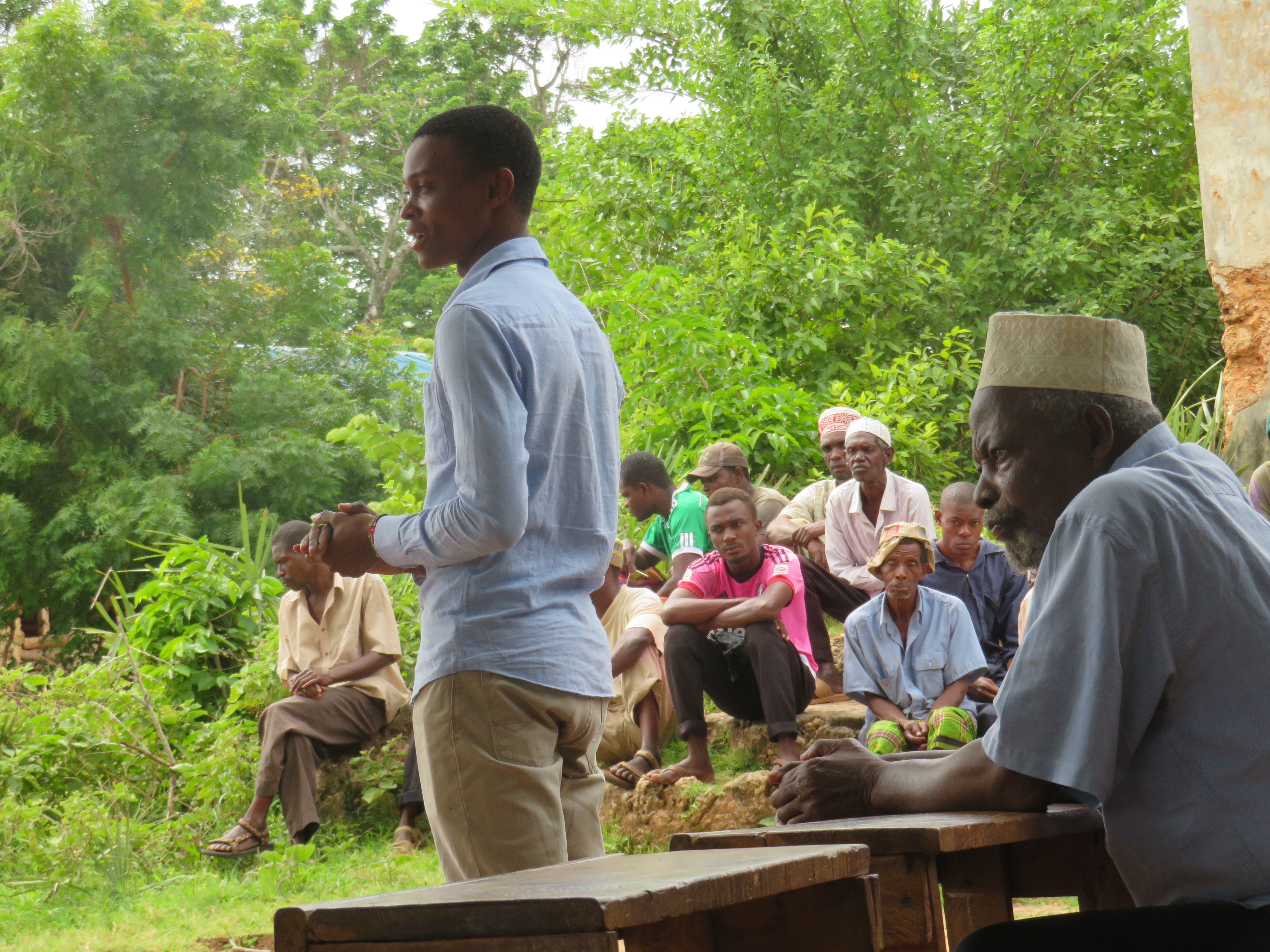
Sounds perfect! What now?
Coastal ecosystems are dynamic, are influenced by many factors and can be affected by certain climate change scenarios like sea level rise currently and in the near future. For this reason, it is important to continue scientific research of mangrove ecosystems, and build up our knowledge of the past and current ecosystem processes, to inform the management and continuation of the services that mangroves provide to us.
My work as a marine biologist involves working with a team of students and scientists to carry out research on the Gazi Bay coastal ecosystems, which can include mangroves, seagrass and more. We work at the Kenya Marine and Fisheries Research Institute (KMFRI), where I also work closely with Mikoko Pamoja staff, to continue the conservation of the Gazi Bay coastal ecosystems. Please subscribe to this blog, or follow me on Twitter @zoologymolly to keep updated on our study methods, project activities and results of our various studies, all from the perspective of me, Molly, an early career marine biologist from the UK! You can also follow Mikoko Pamoja on Twitter @mikoko_pamoja for more information!
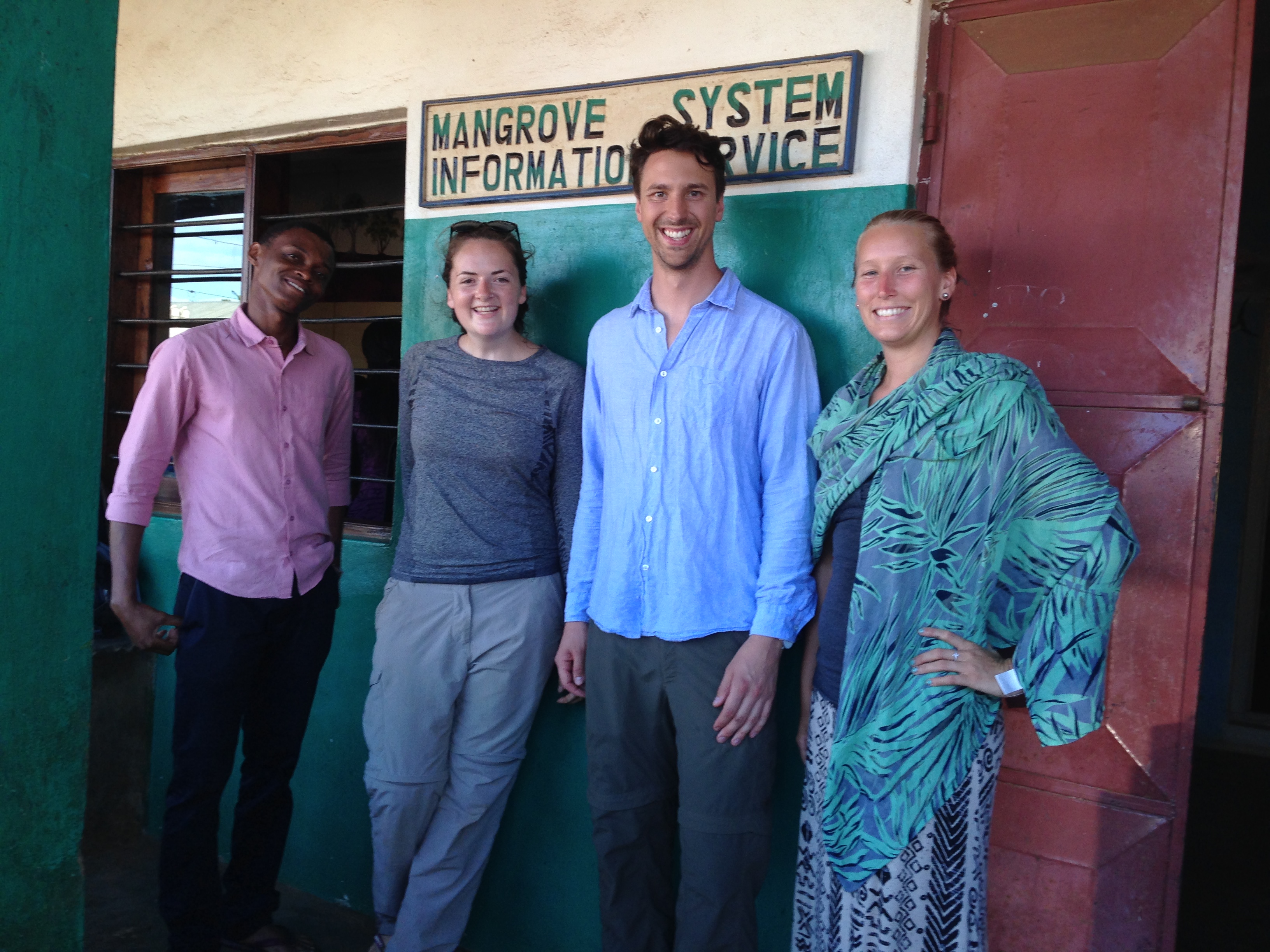
One Comment Add yours